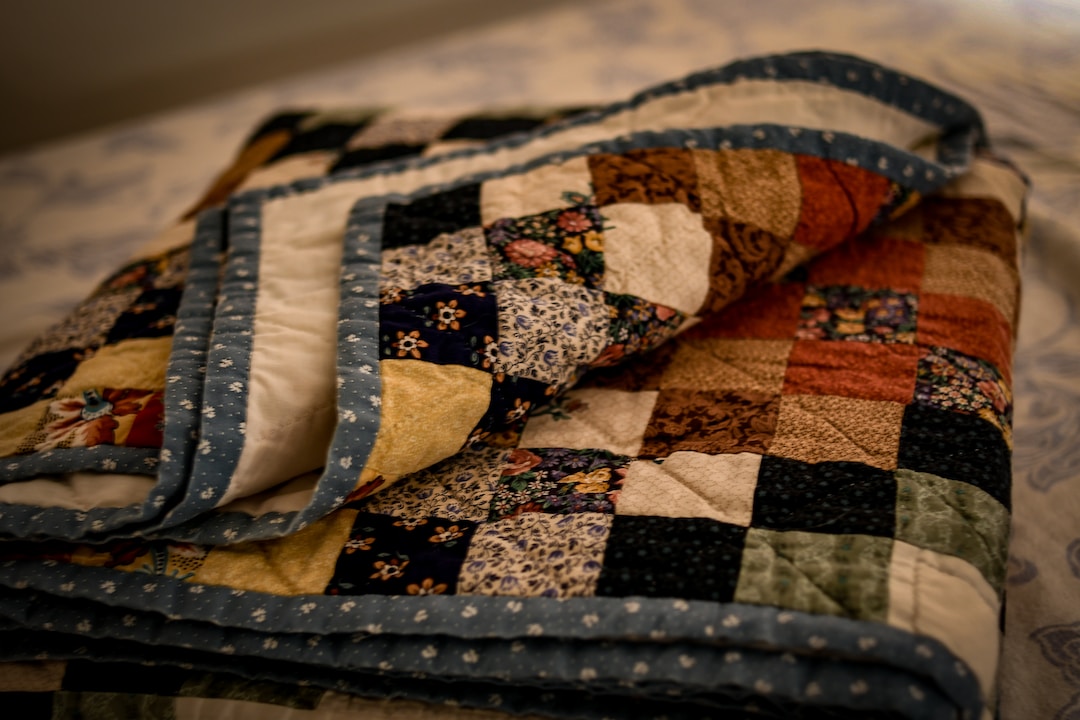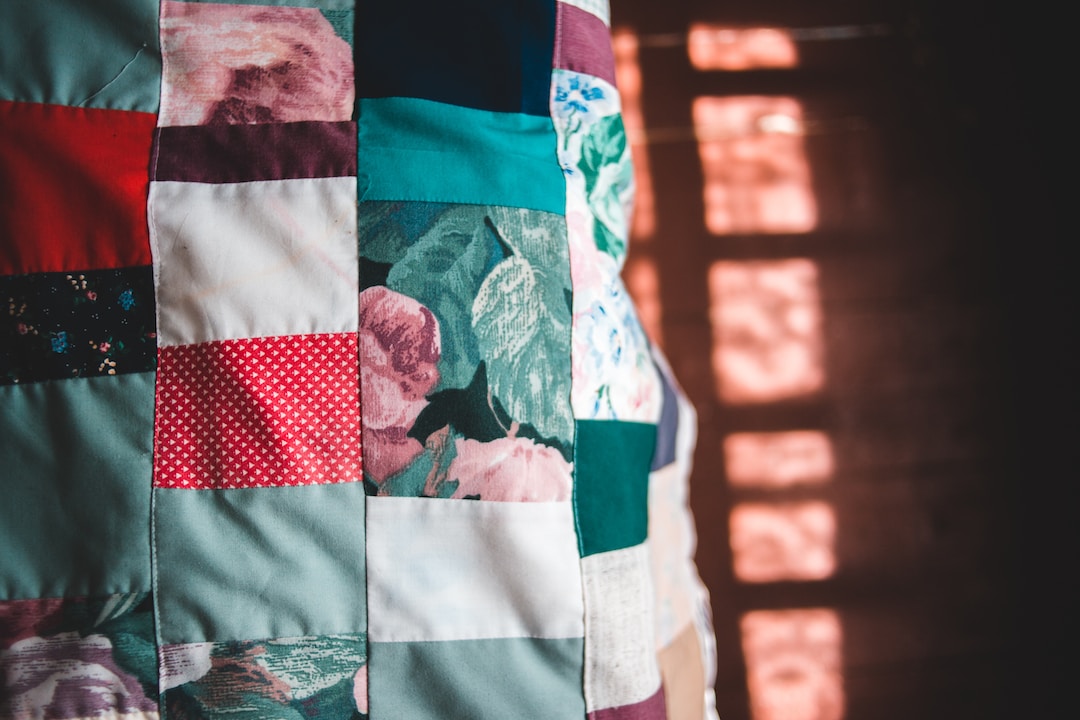Quilts, with their intricate designs and cozy warmth, have a special place in our homes. Whether passed down through generations as family heirlooms or purchased as a new addition to the bedroom decor, quilts often hold both sentimental and monetary value. As such, maintaining and caring for your quilt bedding is essential. Proper maintenance ensures that your quilt remains vibrant and retains its structural integrity over time. This article will guide you through some expert tips to help you care for your beloved quilt bedding so you can continue to enjoy its comfort for years to come.
Before diving into specific care practices, it's important to have a clear understanding of the fabric and materials that make up your quilt. Quilts are a type of bedding that can be made from various fabrics including cotton, silk, wool, or synthetic blends. Some quilts may have embellishments or are made from delicate fabrics that require special attention.
By understanding the fabric, you'll be in a better position to decide on the washing, drying, and storage methods suitable for your quilt. For instance, while cotton quilts may be relatively easy to care for, silk or wool quilts might demand more delicate handling.
Washing is one of the most critical aspects of quilt care. Overwashing can fade the fabric and weaken the stitches while avoiding washing can lead to the accumulation of dirt, dust, and oils which could degrade the fabric. Follow these guidelines for optimal results:
Hand washing is often the safest method for delicate quilts. If using a washing machine, select the gentle cycle and consider placing the quilt inside a large mesh laundry bag to protect it from any agitators or sharp parts inside the machine.

Drying your quilt appropriately is just as crucial as washing. A quilt that's dried too harshly can shrink, while one that's not dried completely can develop mold or mildew.
If you're storing your quilt for an extended period, ensure that you refold it differently every few months. Continually folding a quilt in the same place can lead to wear and tear along the fold lines.
When using the quilt on your bed, rotate it periodically. This helps in even wear and tear, especially if certain parts of the quilt are exposed to more friction or sunlight.
Proper storage is vital to prolong the life of your quilt. Quilts should be stored away from direct sunlight, in a cool, dry place. Sunlight can fade the colors, while moisture can encourage mold growth.
Avoid storing quilts in plastic bags or containers, as these can trap moisture. Instead, opt for cotton bags or cover them with a cotton sheet. If using a storage box, ensure it's acid-free.
Even with the utmost care, quilts can sometimes sustain damage. Regularly inspect your quilt for loose threads, wear spots, or any other signs of damage. Addressing these issues promptly ensures that they don't grow into larger problems. If the damage is beyond a simple fix, consider seeking out professional restoration services.
Sunlight, while great for brightening up rooms, can have a detrimental effect on quilts, particularly on the vibrancy of their colors. Continuous exposure to direct sunlight can lead to the fading of the fabric, causing a once vivid quilt to look dull and worn out. If you're using your quilt as a throw or decorative piece, ensure it's placed in an area where the sunlight is filtered or where it doesn't receive prolonged direct exposure. For those quilts that aren't in constant use, store them away from windows or skylights.
It might sound obvious, but always handle your quilt with clean hands. Natural oils, lotions, and other residues on our skin can transfer to the quilt, leading to staining or degradation of the fabric over time. This is particularly pertinent if your quilt is of significant sentimental value or if it's an antique. By ensuring your hands are clean and dry before touching or rearranging your quilt, you can keep it in pristine condition for much longer.
If you have a collection of quilts, consider rotating their usage. This means that instead of continuously using one quilt until it wears out, you rotate among several. This not only gives each quilt a break, reducing the constant wear and tear, but also allows you to enjoy the beauty and comfort of each of your quilted treasures. It's a practice that ensures all your quilts receive equal attention and care.

A quilt rack is a piece of furniture designed specifically for holding and displaying quilts. If you have a quilt that you're particularly proud of or one that holds significant value, showcasing it on a quilt rack can be a wonderful way to both enjoy its beauty and maintain its form. The design of quilt racks ensures that the quilt is held without folds, reducing creases and potential damage from continuous folding.
For quilts that require a gentle touch or for those times when you feel a full wash might be too aggressive, vacuuming offers an alternative. By using a handheld vacuum or a vacuum with a soft brush attachment, you can remove surface dust and dirt from your quilt without subjecting it to the stress of a washing cycle. Lay your quilt flat, and gently go over the surface. This method is particularly useful for older quilts or quilts with delicate stitching and embroidery.
Over time, even the most robust stitching can come undone. Instead of waiting for noticeable gaps or loose threads, proactively reinforce the stitches of your quilt. This doesn't mean redoing the entire quilt, but rather going over sections and ensuring that everything is still tightly sewn. By taking this preemptive step, you can prevent more extensive damage in the long run and extend the life of your quilt.
Maintaining the beauty and integrity of quilt bedding is more than just about aesthetics. It's about preserving a piece of art, a part of history, or a cherished memory. By following the above guidelines, not only will you be ensuring the longevity of your quilt, but you'll also be honoring the craftsmanship and love that went into creating it. Whether it's a hand-stitched heirloom or a store-bought piece, every quilt deserves to be treasured and cared for with diligence.
Be the first to post comment!